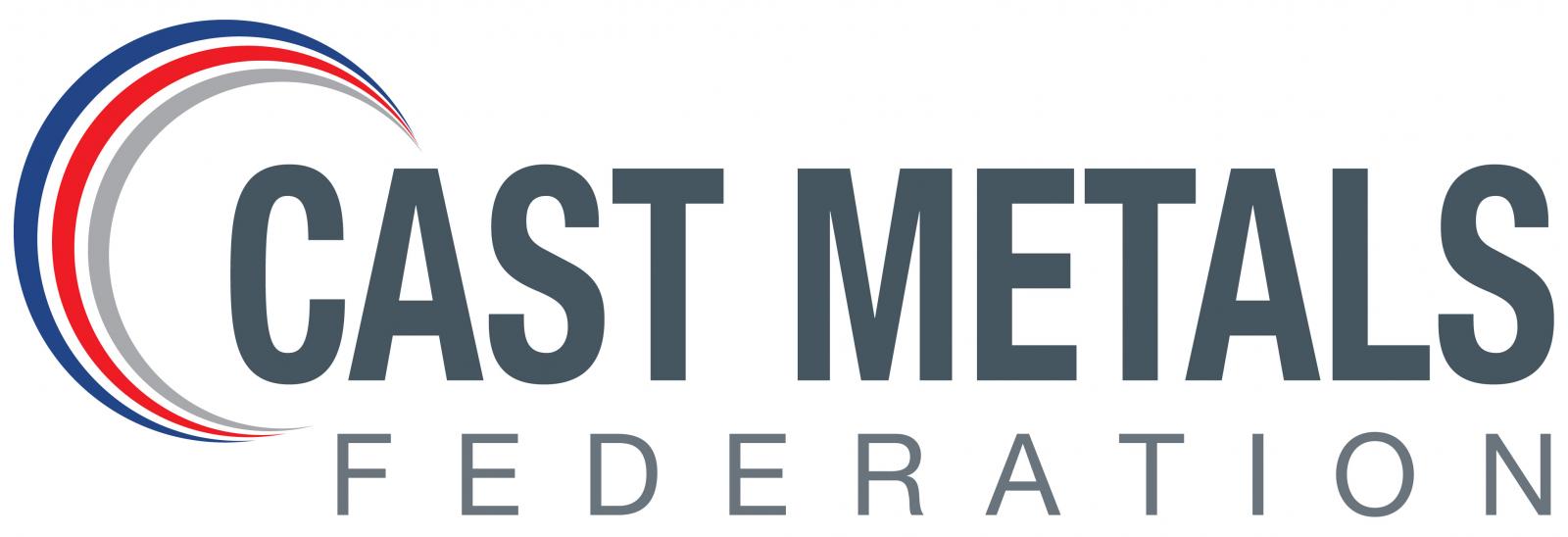
Richard Heath, Health, Safety & Environment Officer and SHIFT Administrator at the Cast Metals Federations looks at how the current pandemic could lead to safer working practices.
The current pandemic for SAR-CoV-2, aka Covid-19, has been a challenging experience for many. All businesses have had to review how they protect their employees at work. But is this entirely a bad thing?
Guidance on returning to work safely has been published around the world for many industries, including for all UK businesses. While many sectors are struggling to get going again, manufacturing is one of those sectors that never really stopped throughout, quietly working away, behind the scenes. Yes, a good number of individual businesses have been affected, but the sector as a whole has kept going, providing vital components and keeping the economy working.
Very quickly, back in March, businesses had to look at how they operate: how to keep people distanced from one another while continuing to operate production processes safely; what are our workforce being asked to do; where is personal protective equipment (and/or respiratory protective equipment) required?
Risk assessments are not a new thing for manufacturing of course. Neither is the fact that the findings of any risk assessment that identifies issues with the potential to cause immediate safety concerns or occupational health issues, have, by law, to be communicated to the affected employees.
The fact that all businesses have needed to undertake dedicated risk assessments to make workplaces Covid-secure, coupled with the need to ensure that findings are communicated to all employees, and acted upon, brings management towards where it should always have been. As Covid-19 has affected everyone, so this communication process has had to be bigger than normal for every business.
So some of the biggest changes due to COVID-19 are less obvious. Keeping people safe during this pandemic requires active management, so managers and supervisors have needed to be on the shop floor reviewing all the new protocols in place. This will have improved their knowledge and understanding of work processes. A good thing.
What about training? During the periods of furlough and lockdown, there has been an uptake in the numbers of people undertaking H&S courses. No doubt some of these were operational managers and supervisors, who will have gained new skills and will have a greater understanding of their legal roles and responsibilities as a result of this additional training. These are not new responsibilities of course, (they were always there) but perhaps, until now, were not recognised, and hence not acted on. The training will have changed this and again this is a good thing.
If measures needed to make people covid-safe also impact on current working practices, and force a review of any current process/machinery risk assessment, this can be seen as a positive. It can be an opportunity for everyone to work together to see how all processes can be made safer without compromising production or quality; maybe even changing them for the better.
Active Management of Risk Leading to Safer Workplaces
The risk assessment then becomes the living document it is meant to be. No longer just something that has been done that then sits in a drawer gathering dust. It becomes an active process - a chance to review SOP’s, SSOW’s, training and the competence of operators on the shop floor. Critically, if the operators are also involved in the review, should also help to identify and correct errors or omissions on the part of management teams, so any poor controls and poor supervision gets corrected.
What does this mean for manufacturers and their employees? If actions to manage Covid-19 are viewed seriously and are carried across into other areas of any business, leading to wider improvements in H&S, and the leadership of H&S, then everyone should be safer at work.
We have a unique opportunity: taking measures to protect us from a deadly pandemic can help us save more lives and prevent suffering from workplace accidents and ill-health, into the future. Surely that is something that is a benefit for everyone and will help keep manufacturing a sector in which people will want to work.
BACK TO ENGINEERING CAPACITY NEWS PAGE